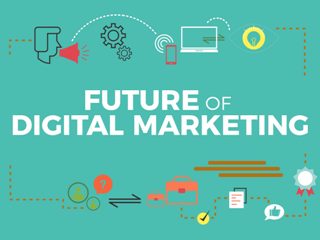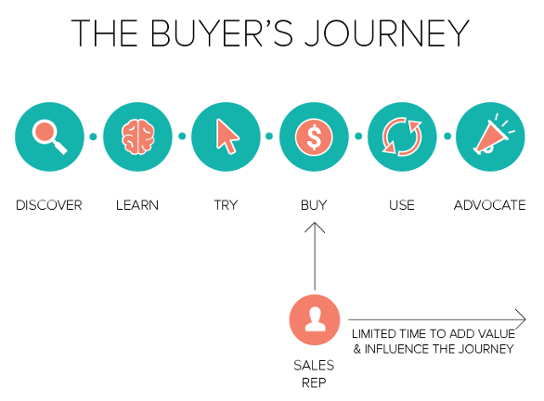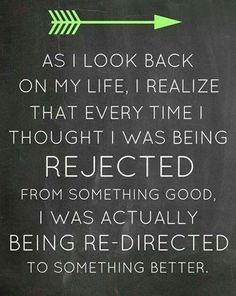Gayle Greene
gaylesgreene@gmail.com
Professional Experience:
Seletsky Digital, L.L.C Digital Marketing Specialist
December 2010 – Present
Provide management, analysis, strategy and support email marketing, content creation, digital marketing and social media campaigns.
- Digital marketing tasks include: orchestrate the successful launch of campaigns; guide marketing content sharing schedule in order to increase follower count and page views; build and optimize landing pages; and manage scheduled targeted email marketing programs in order to result in increased open and conversion rates.
- Social media tasks include: Manage campaigns with the objective of driving website traffic, product sales, customer acquisition and retention; curate content to reach company’s ideal customers; monitor, listen and respond to users via Twitter, LinkedIn, SnapChat, Pinterest, YouTube, Instagram and Facebook; create and implement online, paid and viral marketing campaigns; optimize listening capabilities and automate escalations; write blog posts; create YouTube videos; conduct online social advocacy; develop and execute SEO and paid search strategy; and open streams for cross-promotions.
- Content development tasks include: Accountable for all content marketing initiatives to drive traffic, engagement, leads, deliver sales and customer retention; create, manage and maintain content/editorial calendar; create collateral; collaborate across functions and silos to deliver an editorial plan to meet the business objectives at the lowest possible cost; guide marketing content sharing schedule; develop editorial governance so that content is consistent with brand voice, style and tone; channel management of digital content hubs including social; team with product owners, user experience specialists, and other stakeholders to develop content to meet business goals, design editorial content and strategy; curate and segment editorial content to increase engagement and channel growth; collaborate across teams to identify content and create and post content, videos, ads, graphics and other assets.
- Event oriented tasks include: Orchestrate trade shows, conferences, business meetings; coordinate with vendors and facilities regarding requirements; contact and secure key speakers; promote events, and maintain a portfolio of vendors/clients, serving as primary point of contact.
- CRM related tasks include: use Salesforce to compile and create lists specific to each product and campaign; ensuring accuracy of data; perform segmentations that intelligently divide users into different categories.
Adiant Mobile Digital Marketing Manager
March 2017 – August 2017 (Contract Position)
- Planned and executed social media, web, SEO/SEM, marketing database, email, YouTube channel and display advertising campaigns for the purpose of increasing sales. Developed social media and paid adverting campaigns as well as optimize user experience.
- Built and maintained social media presence (Facebook, YouTube, Pinterest, Twitter, Instagram). Performed daily account management and of pay per click accounts on Google AdWords
- Measured and reported performance of all digital marketing campaigns, and assess against goals (ROI and KPIs). Ran daily/weekly/monthly reports via Google Analytics to measure campaign success.
- Identified trends and insights, and optimized spend and performance based on the insights.
- Monitored e-commerce transactions through channels such as customer reviews and visits to shopping page. Ensured best practices such as live chat during check out and maximized ease of customer navigation. Assisted in the management of affiliate marketing programs
Weddzilla.com Social Media Director
June 2009 – December 2010 Vienna, VA
- Created a comprehensive social media strategy to define programs that use social media marketing techniques to increase visibility, membership and traffic across all verticals
- Implemented and managed social media program
- Experimented with new and alternative ways to leverage social media activities
- Monitored trends in social media tools, trends and applications and appropriately apply that knowledge to increasing the use of social media at Weddzilla.
- Strategized with and educated the management team and others across the company on incorporating relevant social media techniques into the corporate culture and into all of the company’s products and services.
- Measured the impact of social media on the overall marketing efforts. Employed SEO to improve search results.
1105 Media Event Sales/Marketing Administrator
January 2008 – December 2008 Falls Church, VA
- Created and distributed media kits and sales materials to prospects and clients.
- Maintained and update sales databases.
- Updated weekly sales reports. Assisted sales staff in gathering prospect data.
WebMethods (Acquired by SoftwareAG) Marketing Operations Database
May 2007- November 2007 Specialist (Contract Assignment)
Fairfax, VA
- Performed critical data uploads and create lists using CRM platform.
• Coordinated with marketing and Siebel teams to develop requirements for ad-hoc reports.
• Worked with outside vendors to cleanse and supplement data.
- Identified list selection criteria using CRM platform in support of sales and marketing objectives
Yelp, Inc. Marketing Assistant (Contract Assignment)
11/2006 – 2/2007 Washington, D.C.
- Wrote 50 or more personal, descriptive reviews of DC and surrounding area businesses.
- Moderated DC Yelp site by participating in Talk, updating business details, and voting on other users’ reviews.
- Encouraged more Yelpers by talking about the site with friends and acquaintances.
- Improved site by finding and correcting duplicate, incorrect and out of date listings.
Highlights:
- Most prolific Yelper in DC with about 800 reviews.
- 611 Florida and Doggie Style voted “Review of the Day”
- “Six Degrees of Gayle” campaign which resulted in member activations and
overall increase in reviews.
Education:
The George Washington University Bachelor’s Degree
International Communications Washington, DC
Software Skills:
Microsoft Office including Word, Excel and PowerPoint. CRM programs including Microsoft CRM and Salesforce (certified). Website development tools including HTML, SQL, WordPress, Sharepoint, CSS, Responsive Design and FrontPage. Adobe Creative Cloud including InDesign, Photoshop, and Illustrator. SEO/Search Engine Optimization tools such as Moz, Google AdWords, Headmaster SEO, Quicksprout, Google Tag Manager and Keywords. Graphic creation tools such as GIMP and Canva. Social media marketing tools such as Hootsuite, TweetDeck, TribeBoost, Radian6, Facebook Insights and Sprout Social. Social listening tools including Buffer Reply, Mention and Agorapulse. Project Management tools including Wrike, Trello and Asana. Email tools including Constant Contact, Adobe Campaign and MailChimp. Marketing automation software such as HubSpot (certified), Pardot, Eloqua, Exact Target, Infusionsoft, SilverPop, and Marketo. Content Management Systems such as Joomla!, Drupal, Radiant and SilverStripe. Paid social media tools such as Trackur, Viralheat, and Social Report. Analysis tools including Tableau, OpenRefine, KNIME and Google Analytics.



 Do you think that a refrigerator stocked with free sodas and cabinets will keep your employees happy? Think again. Employee engagement is vital to staff retention and should be something that your business is constantly trying to improve.
Do you think that a refrigerator stocked with free sodas and cabinets will keep your employees happy? Think again. Employee engagement is vital to staff retention and should be something that your business is constantly trying to improve. Once I have a fundamental understanding of the triggers that a potential customer will use (problems that they are experiencing) as well as the answer to the survey(s), I create a customer persona – a representation of an ideal customer. Having one of these (or multiple, depending on how many products/solutions are offered) will determine what kind of content is needed in my email campaigns as far as style of copy, tone as well as where the audience is obtaining their information and their preferences for incorporating that information.
Once I have a fundamental understanding of the triggers that a potential customer will use (problems that they are experiencing) as well as the answer to the survey(s), I create a customer persona – a representation of an ideal customer. Having one of these (or multiple, depending on how many products/solutions are offered) will determine what kind of content is needed in my email campaigns as far as style of copy, tone as well as where the audience is obtaining their information and their preferences for incorporating that information.

